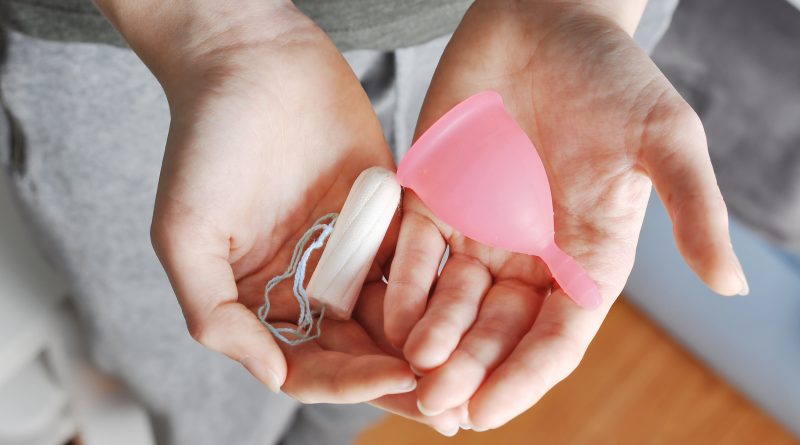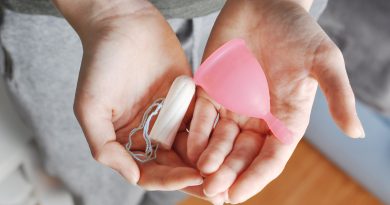The transparency of ingredients in the contents of menstrual products is still a wish list
Adapted from ‘Phthalate exposure from menstrual products may be higher than thought, study suggests’ by Dr. Emma Davies from Chemical Watch. Article available at: https://chemicalwatch.com/93724/phthalate-exposure-from-menstrual-products-may-be-higher-than-thought-study-suggests#overlay-strip
New research suggests that menstrual products may account for as much as 28% of total phthalate exposure in women. The study, published in Environment International, examined levels of various compounds in feminine hygiene products, including bisphenols, parabens, phthalates, and triclocarbon (TCC). Several types of phthalates were found in every panty liner, tampon, pad, and feminine hygiene wipe examined.
Despite the potentially significant contribution of menstrual products to phthalate exposure in women, little concern has been raised, likely because the daily exposure accrued from these products does not surpass toxicity thresholds.
Considering the estimated exposure accounts for an absorption rate of 100%, the study authors admit it is likely that the proposed proportion of phthalate exposure due to menstrual product use may be lower than 28%. Still, this proportion is almost certainly higher than the meager 0.2% total exposure estimated using dermal absorption rates, since sensitive vulvar and vaginal tissues are very permeable and have high absorption efficiency.
Whether menstrual products compose 0.2% or 28% of total phthalate exposure, disclosure of these ingredients is not mandated in most geographies. The uncertain nature of chemical absorption and exposure from menstrual products highlights the necessity of better ingredient screening and transparency surrounding the contents of products with which women are so intimately acquainted.



